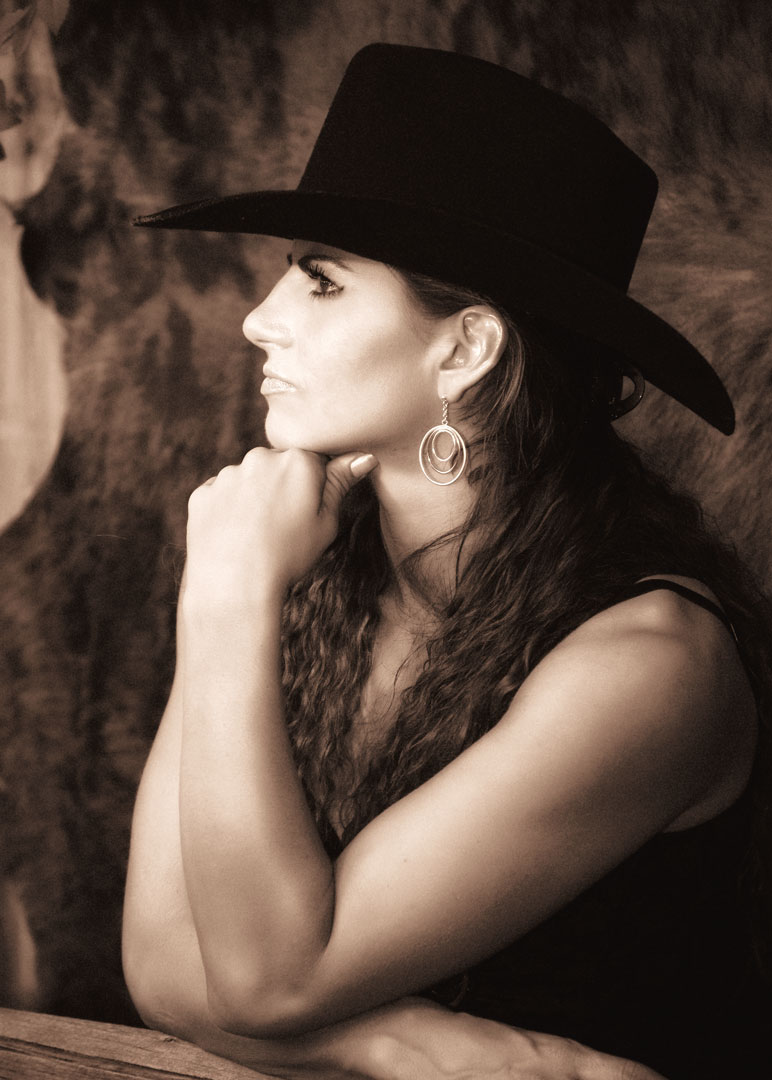Today’s Post by Joe Farace
The personality of the wearer and the hat makes the hat. —Philip Treacy
Each year on January 15th, schools, libraries and museums observe National Hat Day. It’s a time to dig out your best chapeau and tell everyone the story behind it. Be sure to wear your warmest tuque, stocking cap, beanie and share any name you may have given it. There are so many hats and fashions that we could wear a different one every day and never get through them all.
 We wear hats for numerous reasons. Some hats protect us from elements or harm. Others are worn for ceremonial or religious reasons. Some hats just make us look good or cover up what we think doesn’t.
We wear hats for numerous reasons. Some hats protect us from elements or harm. Others are worn for ceremonial or religious reasons. Some hats just make us look good or cover up what we think doesn’t.
In the Middle Ages, hats indicated social status. In the military, hats may denote one’s nationality, branch of service, rank and/or regiment. A Thebes tomb painting depicts one of the first pictorials of a hat. The painting shows a man wearing a conical straw hat.
Structured hats for women were worn in the late 16th century. The best quality hats were made in Milan in the 18th century. Millinery traditionally began as a woman’s occupation, as the milliner created hats and bonnets and chose lace, trim, and accessories to complete the look of any outfit. In the mid-1920s, to replace the bonnets and wide-brimmed hats, women began to wear smaller hats that hugged their heads.
Depending on where you live, if you are outside in the middle of a cold January day, you may definitely want to wear a hat on National Hat Day! So be sure to wear a hat and use #NationalHatDay to post on social media.
How I made this shot. A combination of a two good props—a cowboy hat and rustic background—adds something extra to this portrait of Jamie-Lynn. The subject is relaxed because she’s leaning on a split-rail fence. Camera used was a Canon EOS 5D Mark I with EF28-135mm f/3.5-5.6 IS USM at 135mm. Exposure was 1/200 sec at f/5.7 and ISO 500 with an EX 550 speedlight used to add light under the hat brim, otherwise part of her face would have been in shadow. In the original full frame image some of Jamie-Lynn’s fingers were dangling —PPA judges hate this— on the fence rail but a combination of burning using Photoshop’s Burn tool lowering the tones and using 5X7 ratio cropping in Photoshop’s cropping tool took care of that problem. Toning by PhotoKit 2.
 If you liked this post and enjoy visiting this blog, you can show your appreciation by buying me a cup of Earl Grey tea ($3.50) by clicking here or you can just click on Contact and offer a simple “thank you.”
If you liked this post and enjoy visiting this blog, you can show your appreciation by buying me a cup of Earl Grey tea ($3.50) by clicking here or you can just click on Contact and offer a simple “thank you.”
If you’re interested in learning how I shoot portraits and how I use cameras, lenses and lighting in my in-home studio and on location, please pick up a copy of Studio Lighting Anywhere which is available new from Amazon.com with for $24.60 and starting around fourteen bucks used, as I write this. The Kindle version is $19.99 for those preferring a digital format.